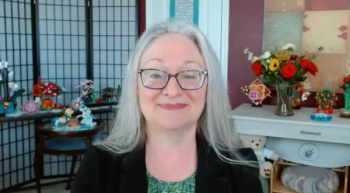
Dr Basit Chaudhry on the Importance of Taking Into Account Differences Among OCM Practices
Under the Oncology Care Model (OCM), there's a wide range of practice sizes, creating challenges for evaluation, said Basit Chaudhry, MD, PhD, founder of Tuple Health.
Under the Oncology Care Model (OCM), there's a wide range of practice sizes, creating challenges for evaluation, said Basit Chaudhry, MD, PhD, founder of Tuple Health.
Transcript
Why is it important for OCM evaluation to take into consideration differences among participating practices?
One of the things that’s very different about OCM, in part because of the selection criteria for entering the model, it was really oriented around practices in the community or outpatient setting. What this has done is the participants inside of OCM, there’s often a scale order of difference in how large they are. So, this is a kind of interesting thing. In other CMMI [Center for Medicare and Medicaid Innovation] models, you don’t have this kind of massive difference in scale. There’s, I believe, a practice that’s a 1-physician practice in OCM and there’s a 300-physician practice in OCM. This creates real challenges on the evaluation, because if you’re trying to essentially match practices as comparisons, it becomes very difficult because of the very skewed distribution.
The evaluation of this model is also particularly important because due to the complexity of cancer care on the model itself, there have been a number of methodologic changes that have been made along the way. So, in a way, it’s a moving target over what OCM performance is, so the evaluators I think, have a very important job to think about how do we really assess what the impact of this payment model has been. That’s especially important in this model, and it’s key to all CMMI models, but it’s especially important in OCM. There’s a lot of decisions that will need to be made on how the evaluation will be done, so it will be interesting to see how that works.
Newsletter
Stay ahead of policy, cost, and value—subscribe to AJMC for expert insights at the intersection of clinical care and health economics.















































